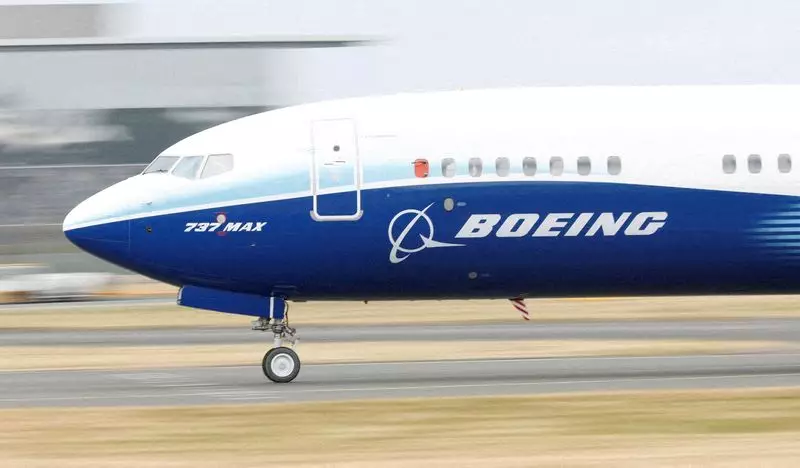The U.S. Senate Commerce Committee has announced a hearing next week with members of an expert panel who released a report criticizing Boeing’s safety culture. This comes after a series of safety issues at the planemaker, including a mid-air panel blowout on a new 737 MAX 9. As a result, Boeing has seen a decline in its reputation, management shakeups, regulatory restrictions on production, and a significant decrease in aircraft deliveries.
During the hearing, three panel members will testify, including Tracy Dillinger, a NASA safety culture expert, Javier de Luis, an aeronautics expert from MIT, and Najmedin Meshkati, an aviation safety expert from the University of Southern California. The panel’s report, directed by Congress after fatal 737 MAX crashes in Indonesia and Ethiopia, highlighted deficiencies in Boeing’s safety culture and called for improvements in safety-related metrics and the implementation of a positive safety culture.
The expert panel appointed by the FAA in 2023 recommended that Boeing review their recommendations within six months and develop an action plan to address safety concerns. Additionally, the FAA ordered Boeing to address systemic quality-control issues within 90 days following an audit that found faults in the company’s manufacturing processes.
The Senate Permanent Subcommittee on Investigations will also hear from a Boeing whistleblower and company engineer, Sam Salehpour, who claims that safety and quality concerns were dismissed during the production of 787 and 777 jets. Senator Richard Blumenthal, the panel’s chair, has expressed concerns about what he called “Boeing’s broken safety culture” and has requested outgoing CEO Dave Calhoun to testify at a future hearing.
The recent revelations about Boeing’s safety culture and the expert panel’s recommendations highlight the importance of a strong safety culture in the aviation industry. Addressing these issues is essential to ensure the safety of passengers and crew on commercial aircraft. It is crucial for companies like Boeing to prioritize safety and continuously improve their safety culture to prevent future accidents and uphold their reputation in the industry.

